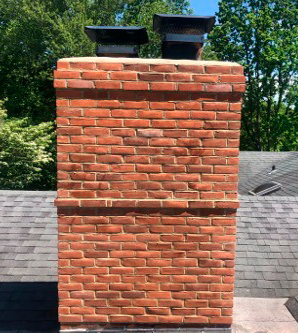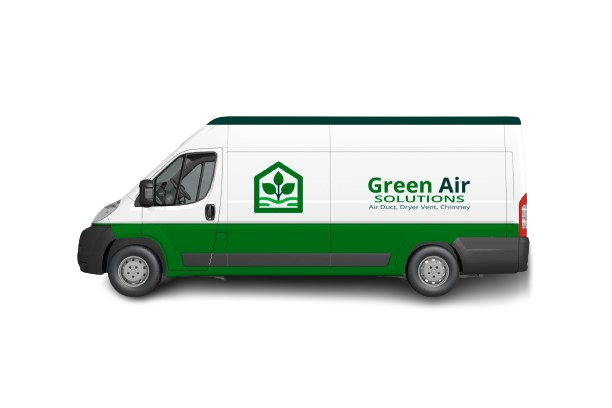Home » Attic insulation Requirements
Attic insulation Requirements
- Attention to Details
- Reliability
- Customer Service
Contact our team today!
Attic insulation Requirements
Proper attic insulation is crucial for maintaining energy efficiency and comfort in your home. Understanding attic insulation requirements is essential for homeowners looking to improve their home’s energy performance. This article will explore the importance of attic insulation, the specific requirements, and how to ensure your attic meets these standards.
Importance of Attic Insulation Requirements
Attic insulation requirements are set to ensure that homes maintain optimal energy efficiency. Proper insulation reduces heat loss in the winter and heat gain in the summer, leading to lower energy bills and a more comfortable living environment. Meeting attic insulation requirements is particularly important for homeowners looking to save on energy costs and contribute to environmental sustainability.
Understanding Attic Insulation Requirements
What Are Attic Insulation Requirements?
Attic insulation requirements refer to the standards and guidelines that dictate the type and amount of insulation needed to achieve optimal thermal resistance. These requirements are typically measured in R-values, which indicate the insulation’s ability to resist heat flow. The higher the R-value, the better the insulation’s performance.
Why Are Attic Insulation Requirements Important?
Meeting attic insulation requirements ensures that your home is energy efficient and comfortable. Proper insulation helps maintain consistent indoor temperatures, reduces energy consumption, and lowers utility bills. Additionally, it can prevent moisture buildup, mold growth, and structural damage in your attic.
Complete the form to receive a free estimate!
Specific Attic Insulation Requirements for Texas
R-Value Recommendations
The R-value required for attic insulation varies depending on your location and climate. Texas, with its diverse climate ranging from hot and humid to dry and arid, falls primarily within Zones 2 and 3. Here are the general R-value recommendations for these climate zones:
- Zone 2 (Warm climates): R30 to R60
- Zone 3 (Hot and humid climates): R38 to R60
It’s important to check your local building codes and guidelines to determine the specific R-value requirements for your area in Texas. Meeting these requirements will ensure that your home remains energy-efficient and comfortable throughout the year.
Types of Insulation
Various types of insulation can meet attic insulation requirements, each with its own benefits and characteristics. Common types include:
- Fiberglass Insulation: Available in batts, rolls, and loose-fill, fiberglass is affordable and easy to install. It is effective in reducing heat transfer and is commonly used in Texas homes.
- Cellulose Insulation: Made from recycled paper products treated with fire retardants, cellulose is environmentally friendly and provides excellent thermal performance. It is typically blown into the attic space, filling gaps and creating a dense, insulating layer.
- Spray Foam Insulation: Expands to fill gaps and create an airtight seal, offering superior insulation and air sealing. Spray foam is available in open-cell and closed-cell forms, each with different properties. It is particularly effective in Texas’ diverse climate.
- Radiant Barrier Insulation: Reflects radiant heat away from the attic, enhancing energy efficiency in hot climates. Radiant barriers are usually installed on the underside of the roof and are especially beneficial in Texas’ hot summer months.
Installation Best Practices
Meeting attic insulation requirements involves more than just choosing the right insulation material. Proper installation is crucial to ensure maximum efficiency. Here are some best practices:
- Seal Air Leaks: Before installing insulation, seal any gaps or cracks in the attic to prevent air leakage. This step is vital in maintaining the effectiveness of the insulation.
- Ensure Adequate Ventilation: Proper ventilation is essential to prevent moisture buildup and maintain indoor air quality. Ventilation helps to control temperature and reduce the risk of mold growth.
- Install Vapor Barriers: In areas with high humidity, such as parts of Texas, vapor barriers can prevent moisture from penetrating the insulation. This helps to protect the insulation and the structural integrity of your home.
- Layer Insulation: In some cases, layering different types of insulation can achieve the desired R-value and improve overall performance. Combining materials like fiberglass and spray foam can enhance thermal resistance and air sealing.
How to Ensure Your Attic Meets Insulation Requirements
Conduct an Energy Audit
An energy audit can help you determine whether your attic meets insulation requirements. Professional auditors use specialized equipment to assess your home’s energy efficiency and identify areas that need improvement. This step is essential for homeowners in Texas to ensure their insulation is up to standard.
Inspect Existing Insulation
Inspect your attic’s existing insulation to check for signs of damage, such as moisture, mold, or pest infestations. If the insulation is damaged or compressed, it may not meet current requirements and should be replaced. Regular inspections help maintain the effectiveness of your attic insulation in Texas’ varied climate.
Upgrade Insulation if Necessary
If your attic insulation does not meet the recommended R-value for your area, consider upgrading to improve energy efficiency. This may involve adding more insulation or replacing the existing material with a more effective option. Upgrading your insulation ensures your home stays comfortable and energy-efficient year-round.
Hire a Professional
While some insulation tasks can be DIY projects, hiring a professional ensures that the job is done correctly and safely. Professionals have the expertise and tools needed to install insulation according to industry standards and local building codes. In Texas, where climate conditions can be extreme, professional installation is often the best choice for optimal results.
Conclusion
Meeting attic insulation requirements is essential for maintaining a comfortable and energy-efficient home in Texas. By understanding the specific R-value recommendations, choosing the right type of insulation, and following best installation practices, homeowners can ensure their attics are properly insulated. Regular inspections and upgrades, if necessary, will help keep your home energy-efficient and reduce utility costs.








24/7 Availability
Our services are available 24/7, ensuring reliable support and assistance anytime you need it.
Experienced Team
Our team is highly experienced, offering expert service backed by years of proven industry success.
Satisfied Customers
We pride ourselves on a long history of satisfied customers who trust us for reliable and quality service.
Quality Assurance
We ensure top quality with rigorous assurance processes, guaranteeing satisfaction in every service we provide.











